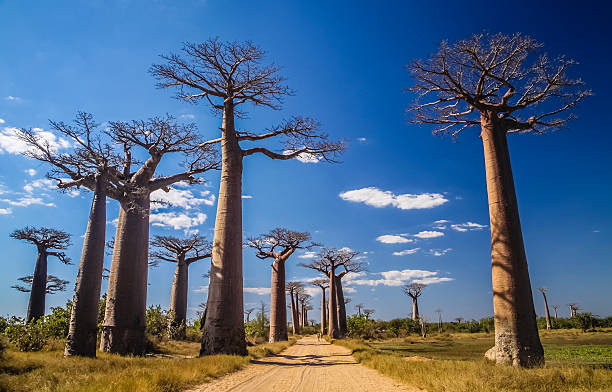Tips When Touring Madagascar for First Timers
Posted by marycimeni in Roofing on Apr 14th, 2023 | Comments Off on Tips When Touring Madagascar for First Timers
Madagascar, the fourth largest island in the world, is a biodiversity hotspot and a must-visit destination for nature enthusiasts. The country is home to unique wildlife, stunning landscapes, and rich culture, making it an ideal destination for first-time visitors. If you’re planning a trip to Madagascar, here are some tips to help you make the most of your experience:
Plan your itinerary carefully
Madagascar is a vast country, and there is so much to see and do. Before you arrive, make a list of the places you want to visit and the things you want to do. You can choose to visit the capital, Antananarivo, and then venture out to the national parks, or you can start your journey directly from the parks. Be sure to research the travel times and distances between each destination to avoid spending too much time on the road.
Be prepared for the climate
Madagascar has a tropical climate, which means it is hot and humid all year round. It’s important to pack light, breathable clothing made of natural fibers, such as cotton or linen. You should also bring sunscreen, a hat, and sunglasses to protect yourself from the sun. If you’re visiting during the rainy season, which runs from November to March, be prepared for sudden downpours and bring a raincoat or umbrella.
Respect the local customs
Madagascar has a rich cultural heritage, and it’s important to respect the local customs and traditions. For example, it’s considered disrespectful to wear revealing clothing or to show public displays of affection. In some areas, it’s also customary to remove your shoes before entering someone’s home. By respecting the local customs, you’ll not only show your appreciation for the culture but also make a positive impression on the locals.
Hire a local guide
One of the best ways to experience Madagascar is by hiring a local guide. A guide can provide you with valuable insights into the local culture and help you navigate through the national parks. They can also help you spot wildlife that you might not have otherwise seen. Be sure to choose a guide who is licensed and experienced.
Sample the local cuisine
Madagascar has a unique cuisine that is influenced by French, African, and Asian flavors. Some of the local dishes to try include zebu steak, a meat dish made from the hump of the zebu cattle, and romazava, a beef or pork stew made with local greens. You should also try the fresh seafood, such as the grilled octopus, which is a popular dish in the coastal towns.
Stay in eco-friendly accommodations
Madagascar is home to some of the world’s most unique and fragile ecosystems, and it’s important to minimize your impact on the environment. There are several eco-friendly accommodations, such as ecolodges and eco-campsites, that use sustainable practices to reduce their carbon footprint. By staying in these accommodations, you’ll not only help protect the environment but also support the local communities.
Learn about the local wildlife
Madagascar is famous for its unique wildlife, including the lemurs, which are only found on the island. There are several national parks where you can observe these fascinating creatures in their natural habitat, such as Andasibe-Mantadia National Park and Ranomafana National Park. The island is home to a diverse range of species, including the famous lemurs, as well as chameleons, geckos, and several species of birds. To make the most of your wildlife experience, it’s a good idea to hire a local guide who can help you spot the animals and provide you with insights into their behavior and habitat. Additionally, it’s important to respect the wildlife and not disturb them by getting too close or making loud noises. By learning about the local wildlife, you’ll gain a deeper appreciation for Madagascar’s unique biodiversity and the importance of protecting it for future generations.
